Announcements
Drinks

Scope updates its bank rating methodology: resolution regime remains central
Scope Ratings today released its finalised bank rating methodology update for 2015 (an early draft of this report was published on 4 March, with a call for comments by 30 April). Following the publication of its first version of the bank rating methodology, in February 2014, Scope assigned public ratings to 25 large banking groups, ranging from AA- to BBB, in 11 European countries. In addition to reiterating the central role of resolution and recovery for Scope’s bank ratings, the updated methodology adds rating criteria taking account of more recent developments, such as the emerging regulatory initiatives on banks’ total loss-absorbing capacity (TLAC), and minimum requirements for own funds and eligible liabilities (MREL).
Scope added that none of these adjustments would lead to any action on outstanding bank ratings or to any shift in the fundamental approach underpinning the methodology.
Scope’s ratings reflect probability of regulatory action
Looking at the track record of bank defaults across Europe and beyond, rare as they have been historically, Scope notes that they were the consequence of regulation action and not of commercial insolvencies or bankruptcies like in non-regulated credit sector. Such action could be in the form of early supervisory intervention (including preventing payments on capital securities), resolution-related debt bail-ins, or insolvency proceedings (for banks not subject to resolution).
The rating agency points out that these scenarios make a strong case for market participants to have a firm grasp of credit fundamentals of the banks they invest in or do business with. This is all the more important since regulators’ goals are to protect depositors and preserve financial stability, rather than specifically shelter investors from losses. Scope’s ratings and analyses aim to address these challenges.
Resolution regime central to Scope’s bank ratings
“A credible resolution and recovery regime should inherently strengthen the stability and predictability of banks’ Issuer Credit-Strength Ratings (ICSRs) over time – as insolvency scenarios become more remote” noted Sam Theodore, bank analyst at Scope and author of the methodology report. “This is especially relevant when accompanied by enhanced supervisory rules and practices, a process which is well advanced in Europe (with the recent establishment of the euro area’s Single Supervisory Mechanism), the US and other markets” he added.
In taking this rating approach, Scope reiterated it considers state support for banks in distress as more unlikely, with the possible exception of public sector-owned banks or institutions with a well-defined public mission. As a consequence, any rating notching uplifts on account of state support should be the exception and not the rule for banks subject to resolution.
Once regulatory details regarding resolution are finalised, Scope expects European banks to start issuing or allocating liabilities that could be included in MREL and/or in TLAC. These may include senior debt (i) issued by top holding companies, (ii) with contractual bailin clauses, or (iii) being specifically designated by regulators as to be included in MREL and/or TLAC. The updated methodology provides rating criteria for these forthcoming situations.
The updated methodology also includes for the first time analytical guidelines informing on specific credit characteristics for European bank rating ranges. Last but not least the methodology summarises the agency’s approach to rating banks’ capital instruments (AT1 and Tier 2) and covered bonds, pointing out, however, that separate methodologies address these different rating processes in detail.
Scope’s updated bank rating methodology can be found at www.scoperatings.com.
Other related methodologies (most recent versions):
• “Forecasting bank financials methodology” (March 2015)
• “Rating bank capital instruments methodology” (call for comments, May 2015)
• “Covered bond rating methodology” (call for comments, February 2015)





